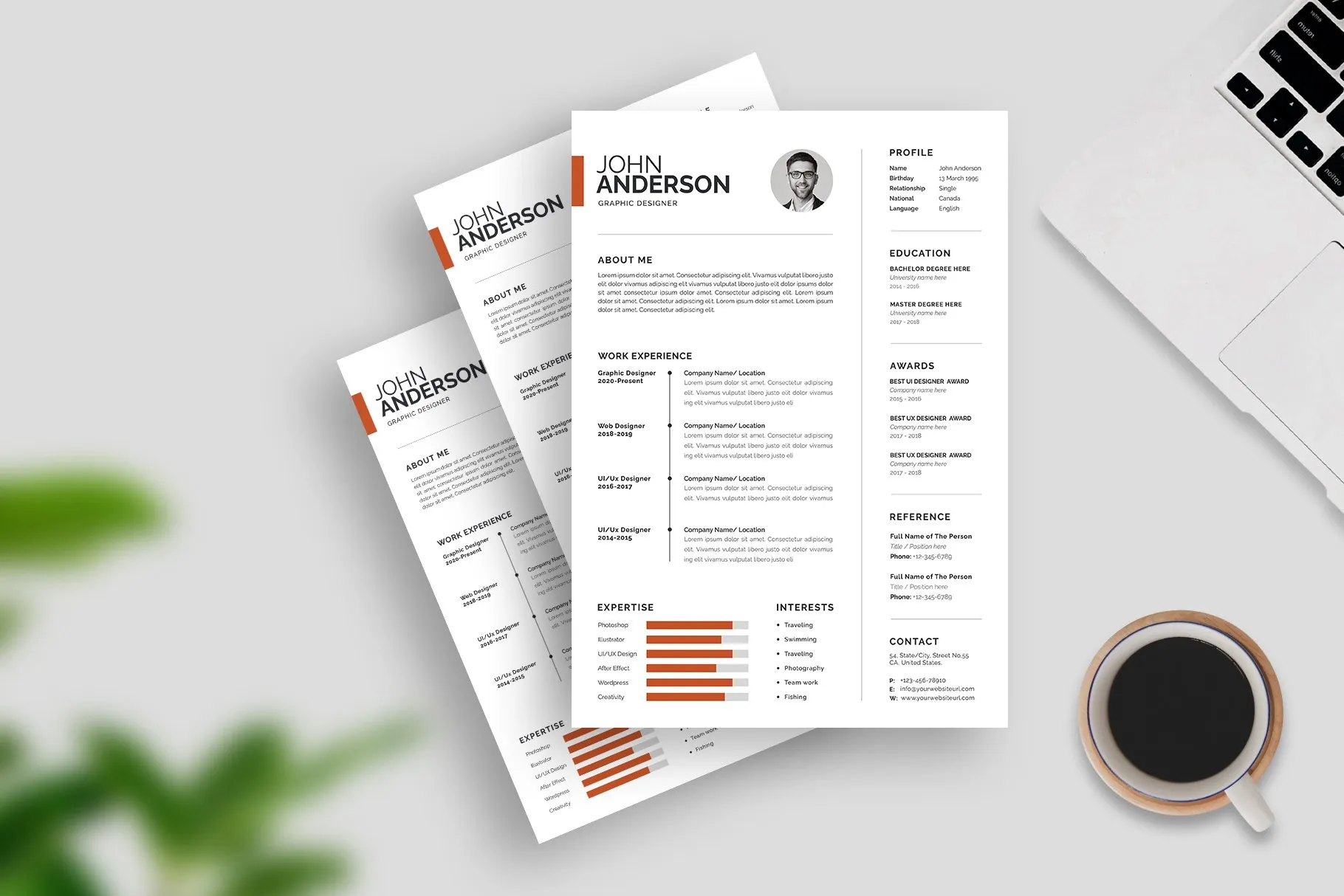What is a CV Cover Letter
A CV cover letter, also known as a cover letter, is a one-page document that you submit as part of your job application alongside your curriculum vitae (CV) or resume. Its primary function is to introduce yourself to a potential employer, highlight your relevant skills and experiences, and express your interest in a specific job. Think of it as your personal sales pitch, a way to make a strong first impression and persuade the hiring manager to read your CV. Unlike a CV which provides a factual record of your career, the cover letter allows you to tell a story, demonstrating your personality and enthusiasm for the role.
Why Is a CV Cover Letter Important
A well-crafted CV cover letter is crucial for several reasons. First, it’s often the first document a hiring manager sees, making it your initial opportunity to create a positive impression. It demonstrates your attention to detail and your genuine interest in the specific position and the company. Moreover, a cover letter allows you to expand on the information provided in your CV. You can elaborate on your skills, explain career gaps, and showcase your personality, which isn’t always possible in a concise resume. The cover letter gives you a platform to connect your skills and experience directly to the job requirements, showing the employer why you are a perfect fit for the role. In a competitive job market, a cover letter can set you apart from other applicants.
Key Components of a Compelling Cover Letter
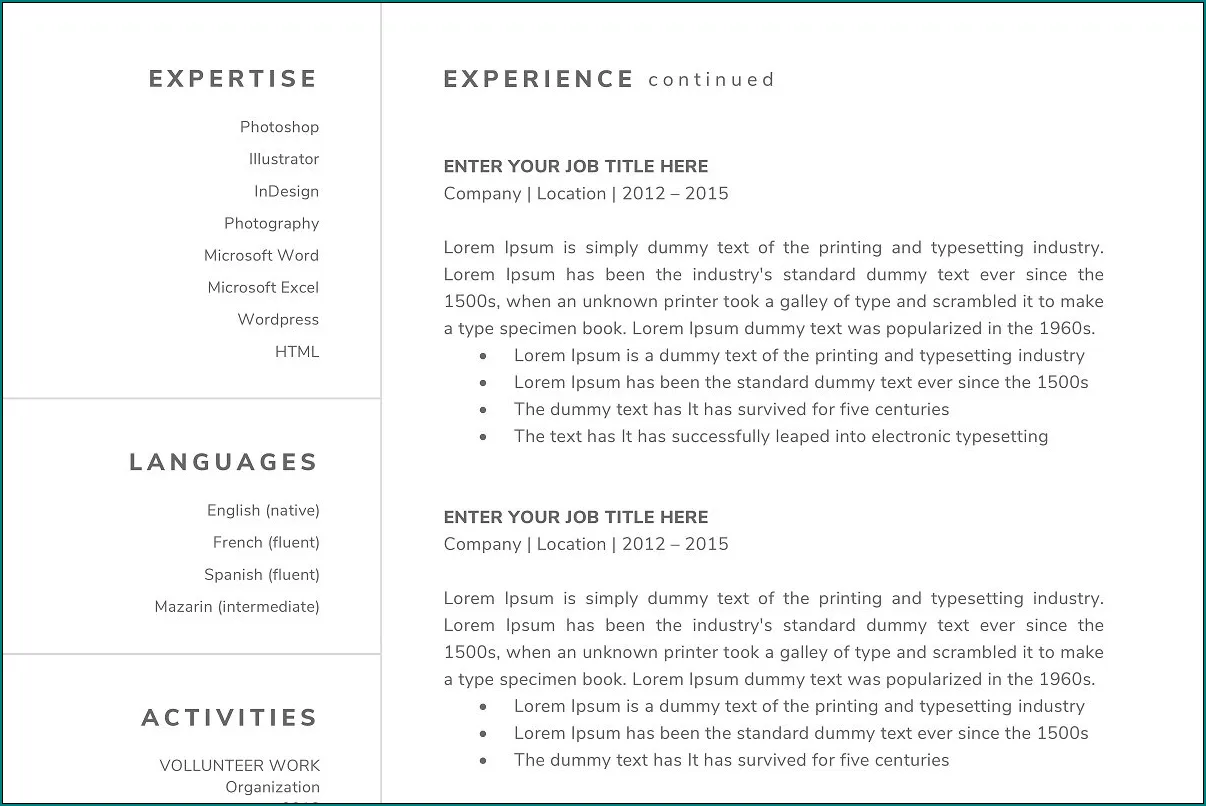
A powerful CV cover letter is structured to present a clear, concise, and compelling case for why you’re the right candidate. Each component plays a vital role in conveying your value and making a lasting impression. It needs to be well-organized, using a professional tone and persuasive language. A strong cover letter will guide the reader through your qualifications, skills, and enthusiasm, ultimately increasing your chances of securing an interview. Every element, from the header to the closing, must be carefully crafted to reflect your professionalism and suitability for the job. Consider the key components as building blocks for your success.
Header and Contact Information
The header of your CV cover letter should include your name, address, phone number, and email address. This ensures that the hiring manager can easily contact you. It is advisable to also include the date and the name and address of the company you are applying to. This shows attention to detail and confirms you are applying for a specific role at a specific organization. Ensuring the header is formatted correctly and contains all necessary information is a simple yet important step that builds professionalism and increases credibility. The header sets the tone for the rest of the document, making a positive first impression from the start.
Addressing the Hiring Manager
Whenever possible, address the cover letter to a specific person, such as the hiring manager or the recruiter. This shows that you’ve done your research and taken the initiative to personalize your application. Researching the company and the hiring manager on LinkedIn or the company website is highly recommended. If you are unable to find a specific name, use a general greeting such as ‘Dear Hiring Manager’ or ‘Dear [Department Name] Team.’ Avoid generic greetings like ‘To Whom It May Concern’ as this shows a lack of personalization. Personalization enhances your cover letter and adds to your application.
Opening Paragraph
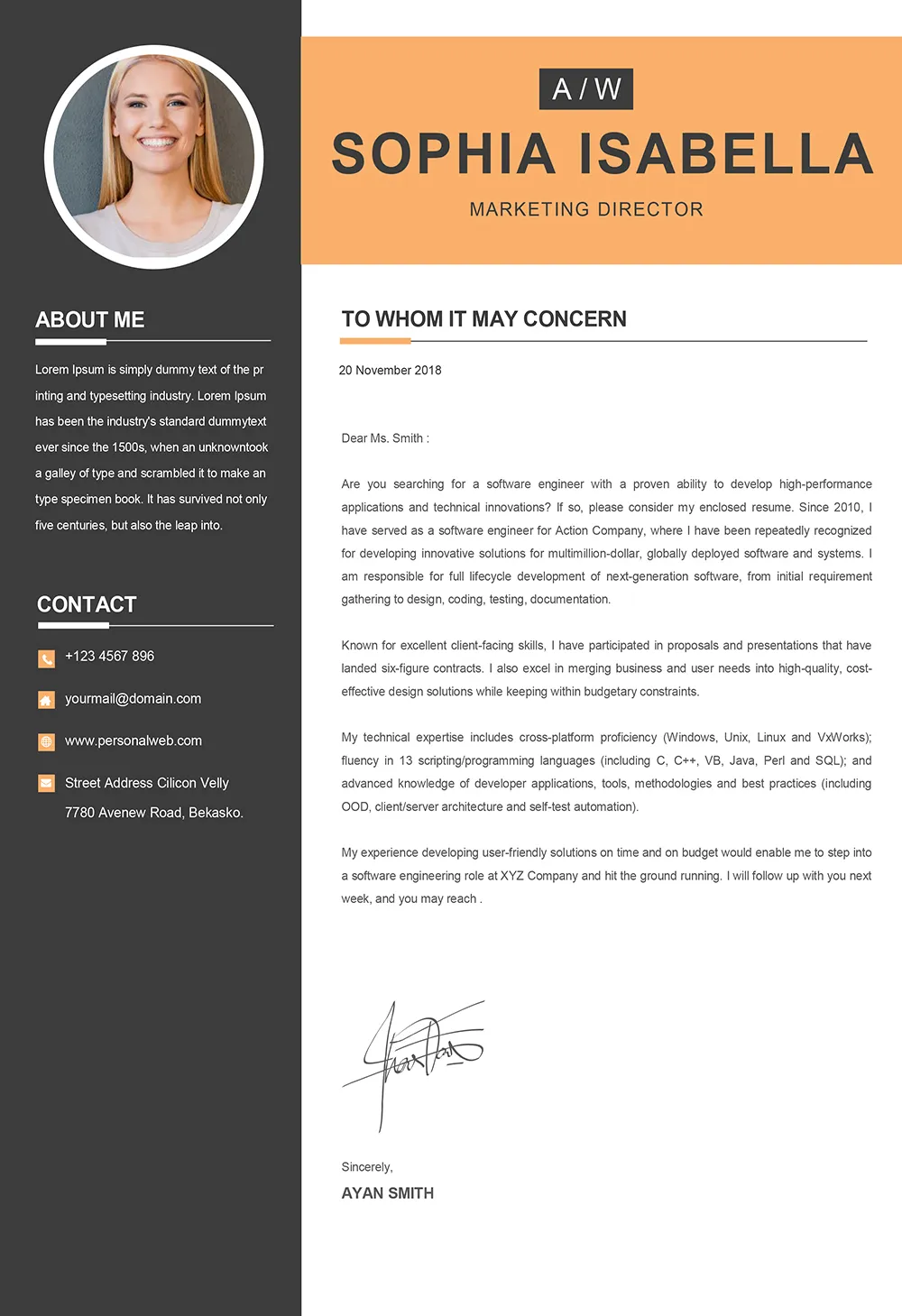
The opening paragraph should immediately capture the reader’s attention. Start by stating the position you are applying for and how you found the job posting. Briefly mention why you are excited about the opportunity and why you believe you are a good fit. Consider including a sentence or two that highlights your most relevant skills or experiences, immediately demonstrating your value. The goal is to make a positive first impression and encourage the hiring manager to continue reading. A strong opening should be concise, enthusiastic, and tailored to the specific job and company. Think of this as your chance to hook the reader.
Highlighting Relevant Skills and Experience
This is the core of your CV cover letter. Focus on the skills and experiences that align with the job requirements. Use the job description as your guide and identify the key qualifications the employer is seeking. Provide specific examples from your previous experiences that demonstrate your abilities. Use action verbs to describe your accomplishments and quantify your achievements whenever possible. Instead of simply listing your responsibilities, explain how you have utilized your skills and what results you achieved. Tailor this section to the specific job, emphasizing the most relevant skills and experiences.
Showcasing Achievements
Instead of just listing your duties, focus on your achievements. Quantify your achievements using numbers, percentages, or specific results to demonstrate your impact. For example, instead of saying ‘Managed social media accounts,’ you could say ‘Increased social media engagement by 30% in six months.’ Provide concrete examples of how you have used your skills to solve problems, improve processes, or achieve company goals. This helps the hiring manager understand your value and the specific benefits you can bring to the role. Showcasing achievements adds credibility and makes a lasting impression.
Tailoring to the Job Description
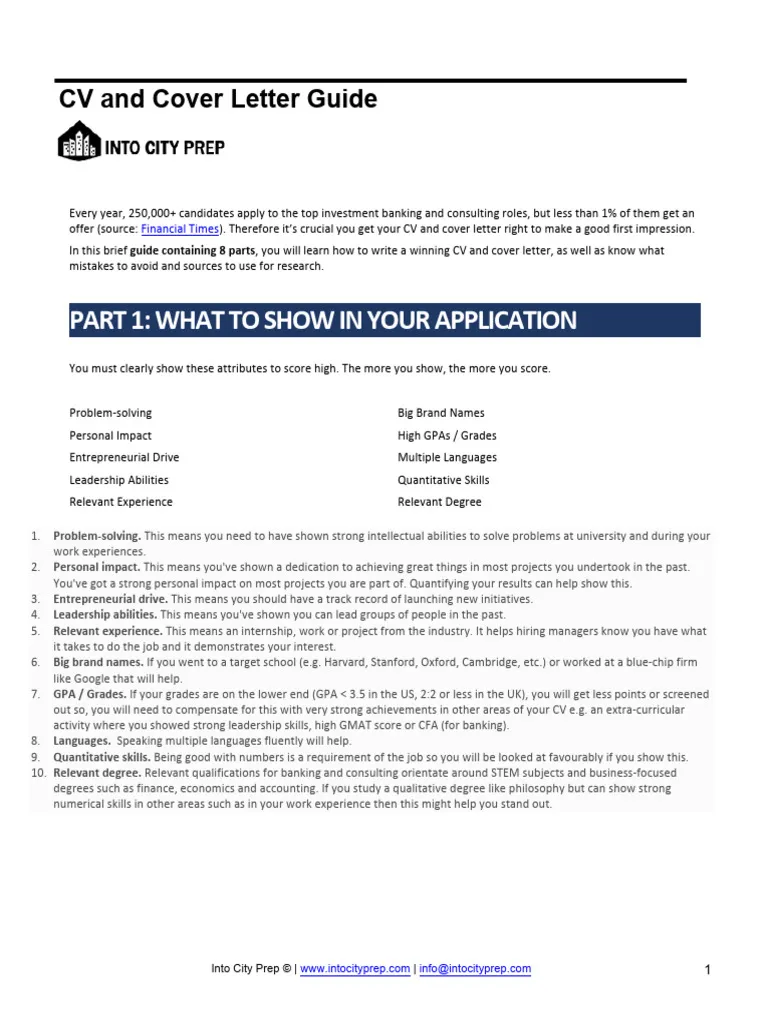
Carefully review the job description and tailor your cover letter to match the specific requirements and keywords. Identify the key skills and qualifications the employer is looking for and make sure to address them directly in your letter. Use the same language and terminology as the job description to show that you understand the role and the company’s needs. Customize your letter for each job application, rather than using a generic template. This demonstrates your genuine interest and increases the likelihood of catching the hiring manager’s attention. Tailoring shows attention to detail and demonstrates you care about the role.
Expressing Enthusiasm and Fit
Convey your genuine enthusiasm for the opportunity and the company. Explain why you are interested in the role and what attracts you to the organization. Show that you have researched the company and understand its mission, values, and culture. Explain how your career goals align with the company’s objectives. This demonstrates your passion and commitment, making you stand out from other candidates. Expressing your fit makes you seem more personable and adds a human element to your application, increasing your chances of a callback.
Call to Action and Closing
End your cover letter with a clear call to action. State your interest in an interview and express your willingness to discuss your qualifications further. Thank the hiring manager for their time and consideration. Reiterate your contact information, making it easy for the hiring manager to reach you. Use a professional closing such as ‘Sincerely,’ ‘Best regards,’ or ‘Thank you.’ A strong closing leaves a positive final impression, encouraging the hiring manager to take the next step and contact you. Ensure this is a strong ending.
Proofreading and Formatting
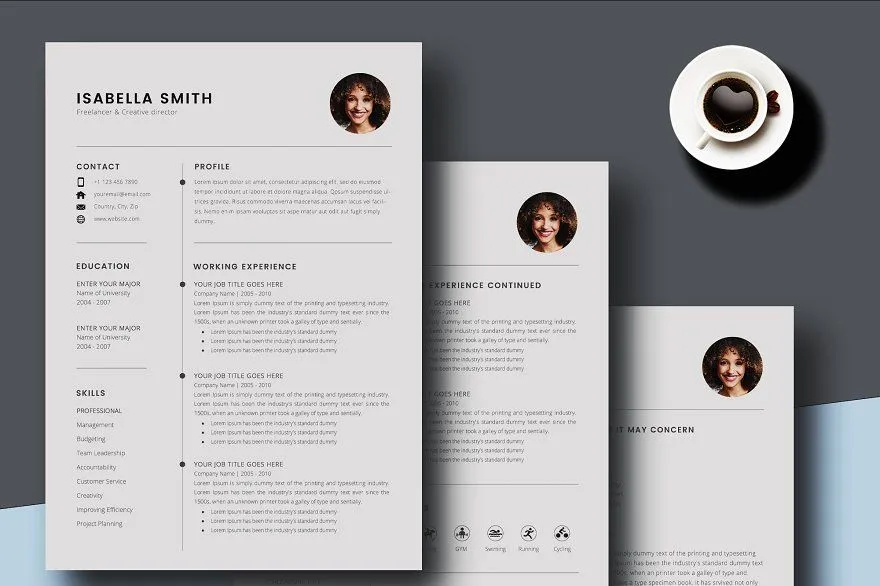
Before submitting your CV cover letter, carefully proofread it for any errors in grammar, spelling, and punctuation. A well-written, error-free letter demonstrates your attention to detail and professionalism. Use a spell checker and grammar checker, but also read the letter aloud to catch any awkward phrasing or mistakes that automated tools might miss. Ask a friend or colleague to review it as a second set of eyes can often spot errors you might have overlooked. Proofreading is an essential step in ensuring your cover letter is polished and presents you in the best possible light.
Formatting Tips
Use a clear, professional font such as Times New Roman, Arial, or Calibri, with a font size between 10 and 12 points. Keep the letter to one page in length to avoid overwhelming the hiring manager. Use appropriate spacing and margins to ensure the letter is easy to read. Use bullet points or numbered lists to highlight key skills or achievements. Maintain a consistent format throughout the document. A well-formatted cover letter is easier to read and more visually appealing, making a positive impression. Formatting ensures your letter looks professional and organized.
Common Mistakes to Avoid
Avoid generic templates, as these show a lack of genuine interest. Don’t simply repeat your CV; instead, provide additional details and context. Don’t include irrelevant information or personal details. Avoid using jargon or overly complex language. Proofread carefully to avoid spelling and grammatical errors. Don’t be negative or critical of previous employers. Always tailor your letter to the specific job and company. By avoiding these common mistakes, you’ll increase your chances of creating a compelling CV cover letter that gets you noticed.
